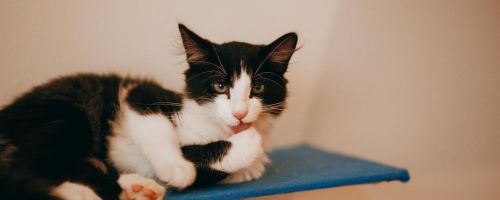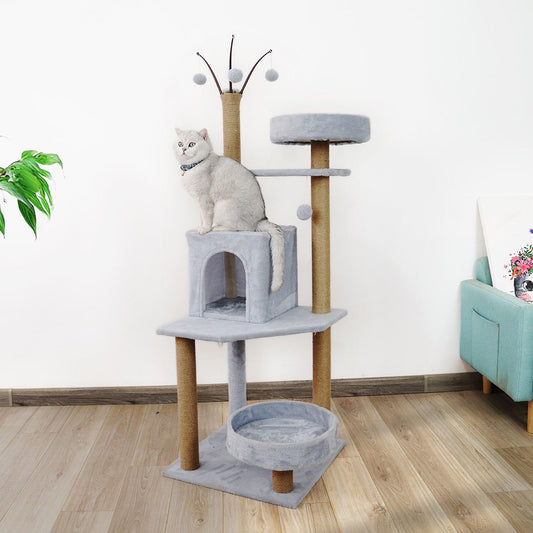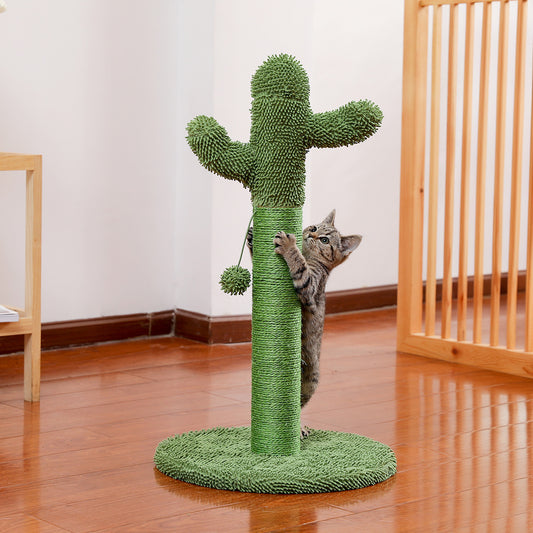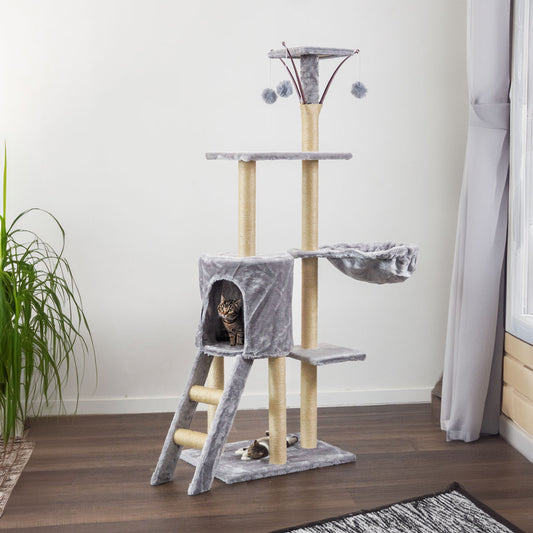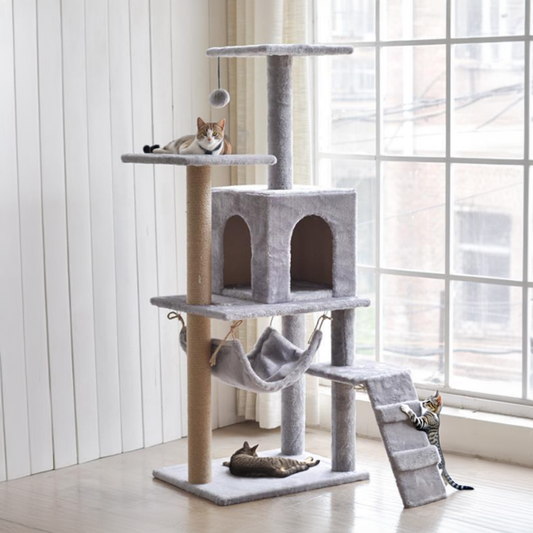Cats are known for their meticulous grooming habits, spending a significant portion of their day licking and cleaning their fur. Have you ever wondered why cats are so dedicated to self-grooming? Let's explore the fascinating science behind this behavior.
Why do cats groom themselves?
Self-grooming is an essential behavior for cats that serves multiple purposes. Firstly, grooming helps cats regulate their body temperature. As they lick their fur, the saliva evaporates, cooling them down in hot weather. Additionally, grooming helps cats remove dirt, debris, and parasites from their fur, maintaining their hygiene and health.
How do cats groom themselves?
Cats have a specialized grooming tool - their tongue. A cat's tongue is covered in tiny, hook-like structures called papillae, which are perfect for removing loose fur and debris from their coat. The rough texture of a cat's tongue also helps distribute natural oils produced by their skin, keeping their fur soft and shiny.
What are the benefits of cat self-grooming?
Self-grooming is not just about cleanliness for cats. It also has psychological benefits. Grooming helps cats relax and reduce stress, similar to how humans might find comfort in grooming activities like brushing their hair. Additionally, grooming allows cats to bond with each other through mutual grooming, reinforcing social relationships within a group of cats.
How much time do cats spend grooming?
On average, a cat can spend up to 50% of its waking hours grooming itself. This dedication to grooming highlights the importance of this behavior in a cat's daily routine. Cats are meticulous groomers, ensuring that every inch of their fur is clean and well-maintained.
Next time you see your feline friend grooming itself, remember that there is a fascinating science behind this seemingly simple behavior. Cat self-grooming is not just about staying clean - it's a vital aspect of a cat's health, well-being, and social interactions.

